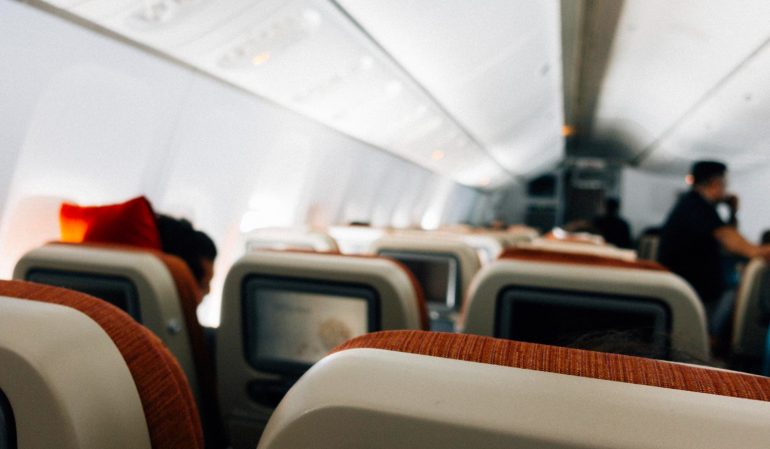Reach us
Blog

03
Sep 2024
New EU Hand Luggage and Liquid Rules for All Airlines Effective September 2024: Everything You Need to Know
The European Union (EU) is set to implement new air travel regulations to standardize hand luggage and liquid carry-on rules across all airlines within its member states. Introduced by the European Commission’s Directorate-General for Mobility and Transport, these changes aim to simplify air travel for passengers by establishing consistent guidelines regardless of the airline.
Previously, travelers in Europe faced varying rules regarding the size, weight, and liquid restrictions for hand luggage, depending on the airline and airport. This inconsistency often caused confusion and inconvenience. The new regulations seek to eliminate these discrepancies by providing clear, uniform standards across all 27 EU member nations.
Uniform EU Luggage Rules
Under the new guidelines, passengers can bring one carry-on bag and one small personal item, such as a purse, backpack, or laptop bag, which must fit under the seat in front of them. The maximum weight for the carry-on bag is set at 10 kilograms. The carry-on bag’s dimensions are limited to 55 x 40 x 20 cm, while the personal item must not exceed 40 x 30 x 15 cm, including handles and wheels.
Uniform EU Liquid Rules
The EU is also reinstating the familiar 100-ml limit on liquid containers for all passengers. This rule will apply uniformly, even in terminals equipped with Explosive Detection Systems for Cabin Baggage (EDSCB), which previously allowed larger liquid quantities. Starting from September 1, all liquids must be in containers of 100 ml or less and fit into a small, clear bag for airport security screening. The reintroduction of this rule addresses a temporary technical issue and is not related to any new threat.
Exceptions to Uniform EU Liquid Rules
Exceptions to the liquid rules will still apply for essential medical supplies, special dietary products, and baby food. These regulations will remain in place until all airports in the region have the same screening technology.
